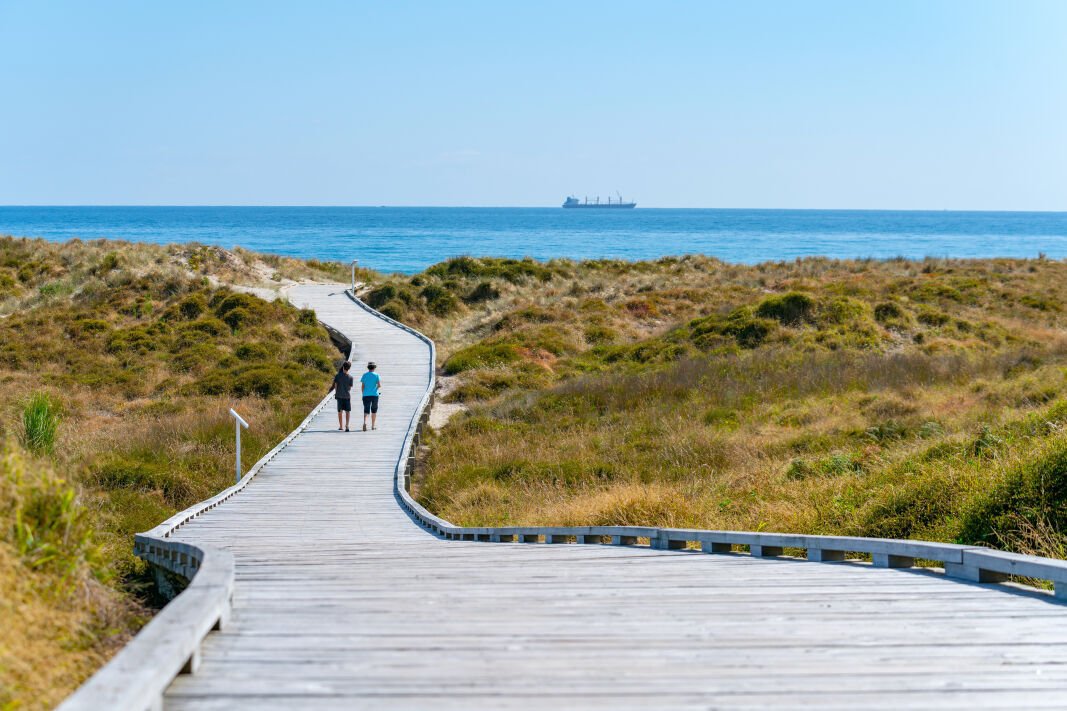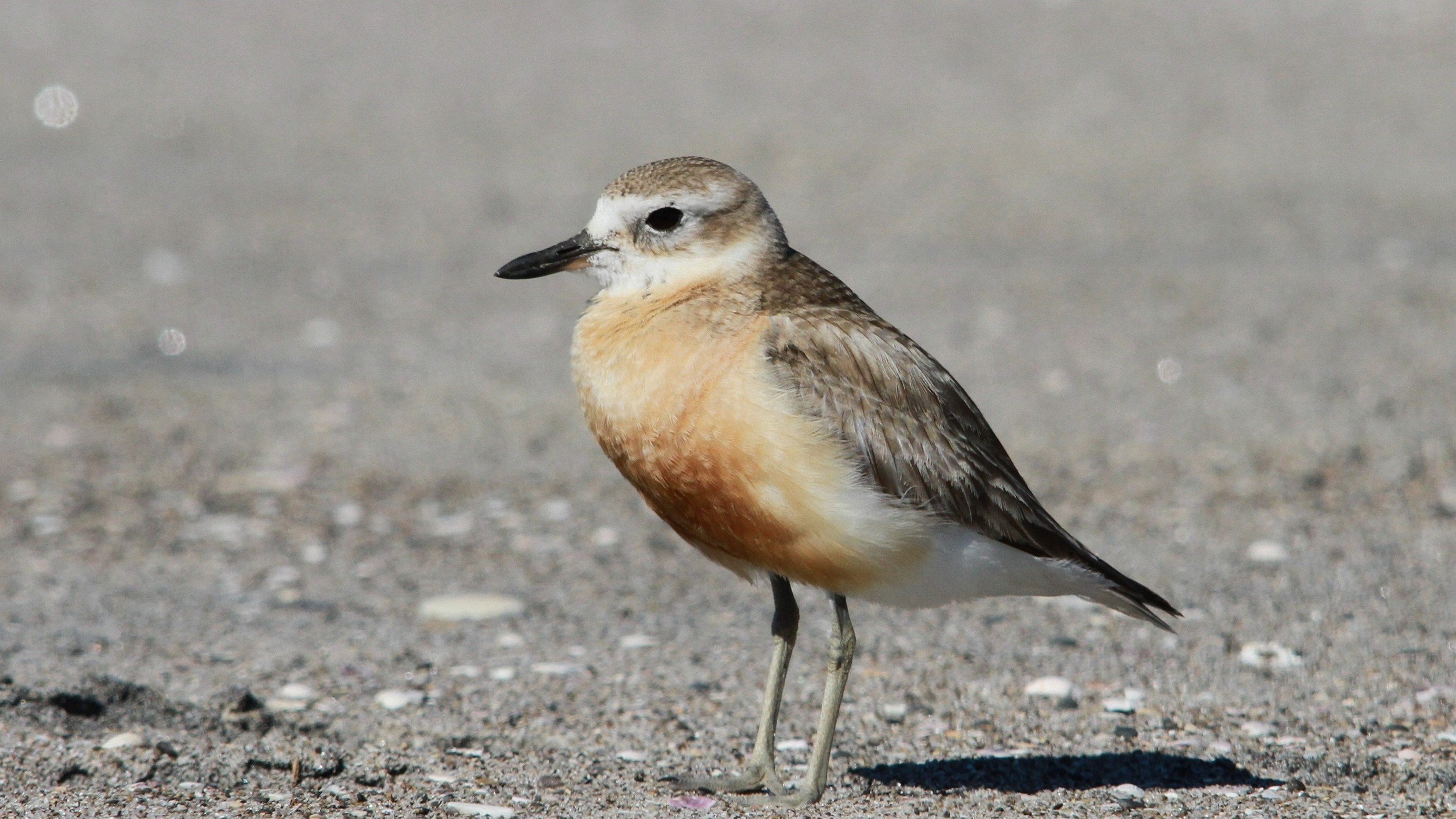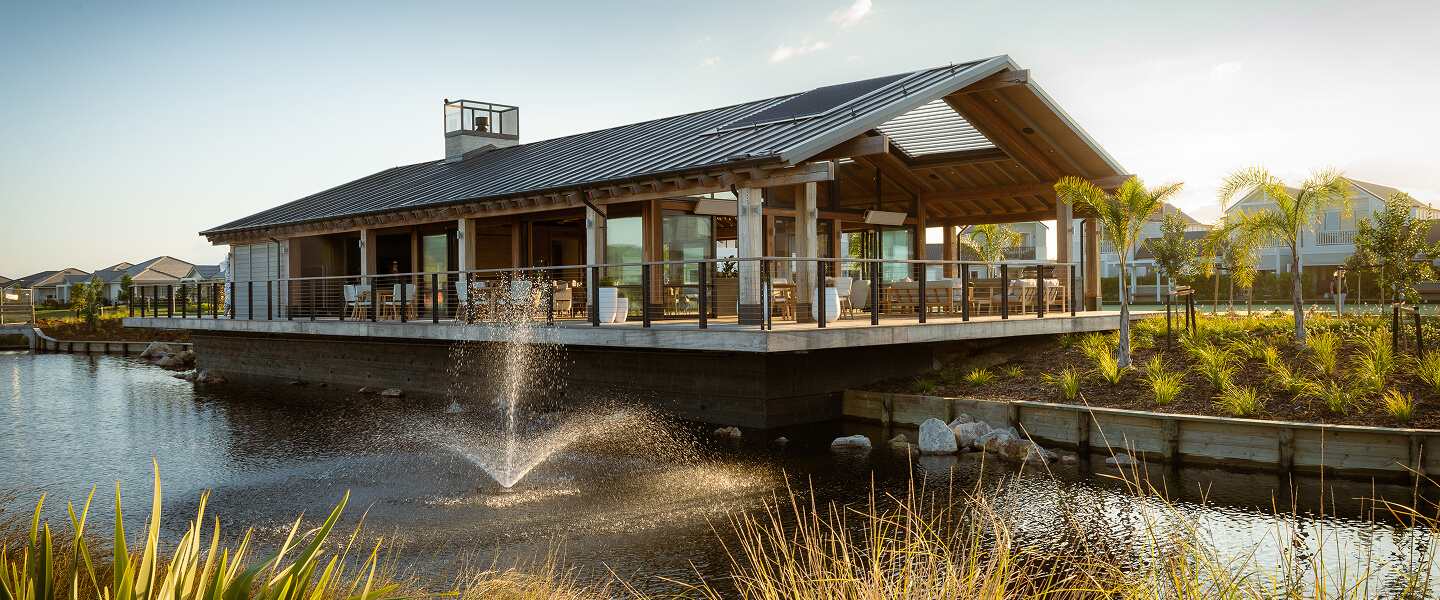
Pacific Lakes News
Working with Nature
New Zealand has 18,000kms of coastline. Beaches and sand dunes are the narrow but precious bands of sand between the land and sea that can provide amazingly effective protection to the land and its people from storms and cyclones. The popularity of our beaches, changing climate, pests and development pressure are all affecting the health of our coast, particularly dunes.
Pāpāmoa Dune Restoration
It is hard to imagine the Bay of Plenty without our sand dunes, as they have become a signature feature of our coastal paradise, however, if it weren’t for the foresight of a group of local volunteers over two decades ago our beach profile and natural landscape would look much different than it does today. The sand dunes at Mount Maunganui and Pāpāmoa have faced erosion due to many environmental factors in the area and a lot of work has gone into restoring the dunes. Coast Care Bay of Plenty have led the charge. Coast Care is a coastal restoration programme, run in close partnership with local communities, local authorities, care groups and schools, that aims to restore and protect the sand dunes along the Bay of Plenty beaches. New Zealand Dotterels Pāpāmoa dunes are also home to the NZ dotterel. With only 2000 birds remaining, the NZ dotterel is rarer than the kiwi and under a threat from extinction. Tauranga and Te Puke Forest & Bird Branches have started with important work to protect the endangered dotterel with many volunteers assisting with the programme and raising the awareness with the support from the local iwi, Nga Potiki and Mangatawa Pāpāmoa Blocks Incorporated who are the kaitiaki of the sand dunes. Few people notice the NZ dotterel as they are well camouflaged in their habitat. The nests are merely a depression above the high tide zone and can be easily accidentally destroyed by people. Dogs are also a severe threat to both eggs and chicks. Rats, cats, hedgehogs and stoats pose further risk, especially during the breeding period from August to January.

When visiting dotterel areas:
• Stay out of roped-off areas and follow the signs.
• Keep dogs and vehicles off beaches and sandspits.
• If you see a NZ dotterel feigning injury (it may ‘drag’ a
wing as if it is broken), it has a nest or chicks nearby.
Move away slowly and carefully.
Community Effort
Dune restoration protects also the significant cultural values of these areas – including middens, urupa, battlesites and other taonga of importance to the local iwi. Generus Living Group and Mangatawa Pāpāmoa Blocks Incorporated have created a unique partnership through the development of Bay of Plenty villages, Pacific Coast and Pacific Lakes at Pāpāmoa.
The partnership is committed to recognising and celebrating the mana whenua in a meaningful way, and creating a unique and vibrant community for discerning retirees in the Bay. One of the Pacific Coast Village initiatives was instalment of 250m broad walk from Maranui Street to the beach. The boardwalk includes information panels on the history of the area, incorporating Mangatawa, Hikurangi, Kopukairoa and te rohe Kiwa (Pacific Coast), as well as the vegetation of the coastal dune system.
The Pacific Coast Village Residents Committee has also led a project to add bench seating to the board work and are actively working with the local Forest & Bird branch volunteers to protect the dunes. Some of the resident’s volunteer by checking and refilling the bait stations that are placed in the dunes. Pacific Coast and Pacific Lakes Villages also organise an annual beach clean event with residents and staff. The dunes and the dotterel need the support of the community. We can all help to protect the precious dunes and the fragile coastal ecosystem. If you would like to receive local Forest and Bird Dotterel Supporter’s newsletter, email Tauranga.branch@forestandbird.org.nz with your contact details. There are also a number of dune planting events being held across the region’s beaches – for anyone interested in getting involved, visit the Coast Care Bay of Plenty Facebook page.
Share this article via:
